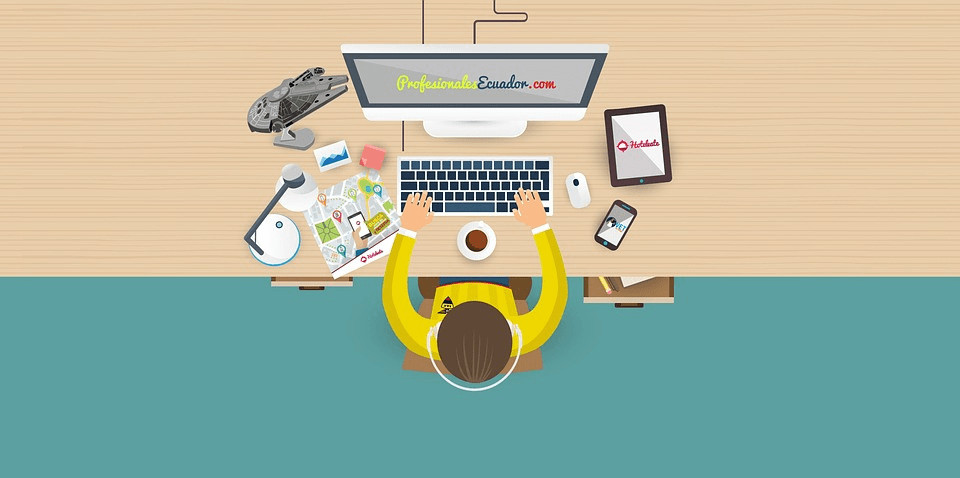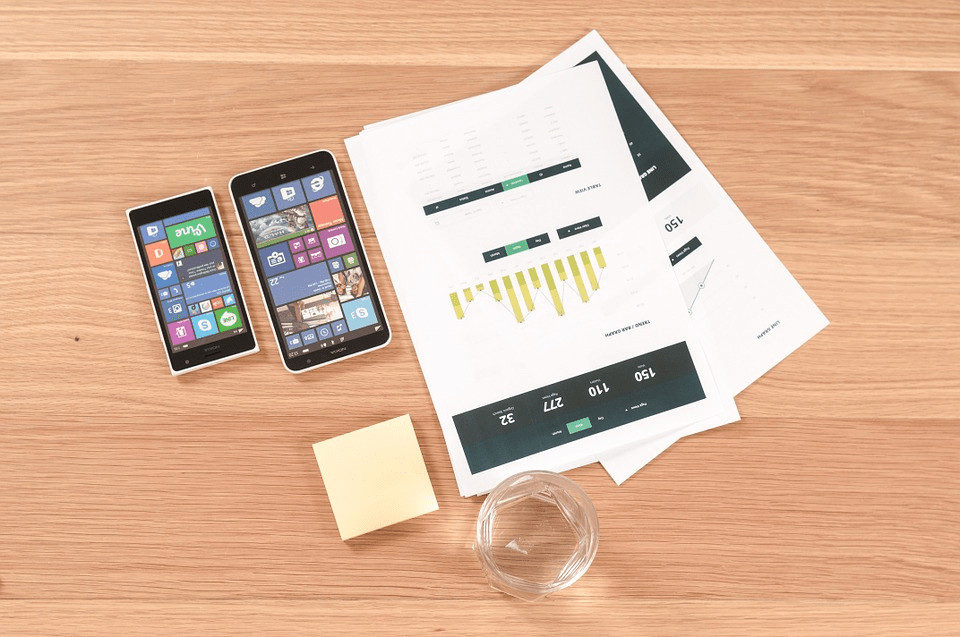What is the difference between them, and can you tell them apart? This is probably the concern of many people when learning to become a professional UX designer.
These two fields, although operating differently, include creativity. UX designers follow the trends and desires of users, while graphic designers are more artistic.
The following article will give you a complete and objective view of the difference between graphic and UX design in detail.
Scroll down for in-depth information!
What is Graphic Design?
Graphic designer covers various subjects, from digital platforms such as websites to printed products such as signs, newspapers, magazines, posters, etc.
As a graphic designer, you need to create and perfect your art products by combining drawings, colors, typefaces, and even information elements.
Thereby, it gives customers and companies information in the form of content that contains information that is eye-catching and easy to attract users.
Of course, your scope of work is not limited to digital or physical platforms but will need to cover all of the above two areas.
Graphic designer tends to focus on aesthetic elements rather than technology. So if you don’t have programming knowledge, you can still pursue this field.
In other words, the job of a Graphic designer is to create and fulfill the requirements, while the technical elements will be taken care of by others.

What is UX Design?
UX designer focuses heavily on the study of the relationship and interaction between users and a product, from software to basic or smart devices.
The ultimate aim of the research process is to optimize the systems and features so that the customer experience with the product is the highest and easiest.
Because of the above factors, a UX designer will have to perform many different jobs, including planning or designing systems, organizing information, and prototyping products because of the above factors.
The results that UX designers create are always present in our lives that you accidentally don’t care about.
Every time we start up the computer and access the internet or websites, the features and layout of those features result from the UX designer’s labor.
Even seemingly unrelated devices such as TVs or Smart Refrigerators have UX intervention to bring real efficiency to users when manipulating and using.

Key Differences
To distinguish between the two fields of graphic and UX, you should take a close look at the key differences that we will highlight in the comparison section below.
| Graphic designer | UX designer | |
|---|---|---|
| Tasks | – Receive and execute requests – Edit products | – Receive and execute requests – Market research – Links with other departments |
| Design Type & focus | Personal and corporate brand | Customer |
| Tools and software | Adobe Photoshop, Illustrator, Corel Draw. | Balsamiq, Adobe XD, Figma, Sketch. |
| Education | Bachelor of Graphic Design or related disciplines | Bachelor of Information Technology or Computer Science |
| Salary | $66,687 | $103,838 |
Tasks and responsibilities
Graphic design
- Receiving requests: The requirements of a designer will come from the client and the art director in the company.
Conditions are often in the form of rough ideas and require designers to implement and advise or discuss changes.
- Implementation: It is inherently a business of working with art resources. So the steps to realizing an idea will revolve around how we handle icons or images and colors and fonts to match the requirements.
- Editing products: They also have another task: to edit and adjust products if there are errors.
UX design
- Receiving requests: Requests for UX designers mainly come from customers who want to build a system of features to serve their use or for a 3rd party to manipulate. That’s why UX designers have to keep in touch with customers regularly
- Research: After receiving the request, the UX designer will need to research to understand factors such as user psychology, usage behavior, and obstacles to summarize before planning.
- Implementation: After gathering enough information, the UX designer will begin to make plans, diagrams, or basic templates for a program or an application. Once completed, there will be steps to validate and check and finally fix bugs and finalize the design
- Collaboration with many other departments: Not only working with customers, but UX designers also have to associate with many positions such as product, web design, and feature development to have been able to do their job well.
Design Type and focus
Graphic designers focus on building products based on brand focus elements and bringing more personal aspects into the product. So we can conclude that graphic one focuses mainly on factors that favor the performer.
UX one takes the interaction between users as the center from which to build appropriate arrangements or features.
Of course, being user-centric, the main factors that UX designers need to focus on will be more user-oriented. With the user as the center, UX designers need to connect with customers to make appropriate judgments regularly.
Tools and software
With a focus on designing and creating art products, it is widespread for designers to regularly use popular tools such as Adobe Photoshop, Illustrator, Corel Draw, etc. In addition, they also receive the help of external devices such as a stylus or drawing board.
The planning of UX designers requires them to simulate, draft, and edit charts or particular types of tabular information.
So Balsamiq, Adobe XD, Figma, and Sketch, tools that allow optimizing the plan’s design, will be the most common choice.
Salary
The salary of a graphic designer ranges from $35,666 to $106,039 a year, depending on experience and ability.
Meanwhile, the wages of a UX designer fall between $57,364 and $155,021 a year.
Education
Graphic jobs will require an in-depth degree, at least at the personal level. You don’t necessarily need to major in design, but you can approach it by learning related fields.
As an industry that deals heavily with computers and system architectures, UX design will require degrees in information technology or computer science. Some places also require a minor in skills such as management or strategy.
Which One Is For You?
It is not difficult for us to conclude which is the right choice for us. If you have artistic talent and want to use your ability to create products with a personal touch, then graphic design is the right path.
Conversely, if you have an interest in technology and the desire to create systems that best serve people, then choose UX design.
Conclusion
Via this article, we hope you have enough knowledge to answer the difference between graphic design and UX design as well as get the most suitable option.
Thank you for reading!
